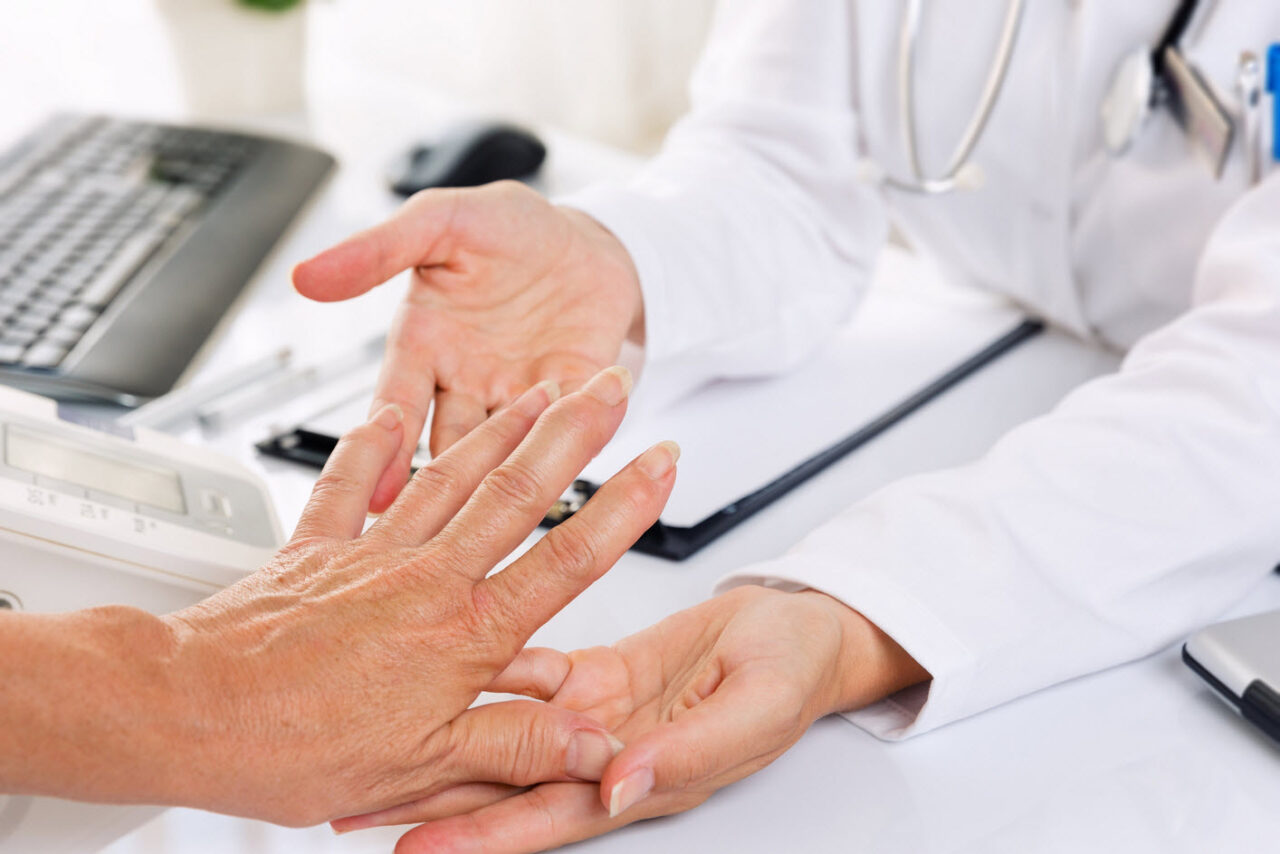There are over 100 different types of arthritic conditions and the management and treatment is vastly different from one to the next.
As a Rheumatologist, I frequently get asked questions about one particular type of arthritis called osteoarthritis.
Osteoarthritis is the most common form of arthritis, affecting millions of people worldwide. It’s a chronic non-inflammatory arthritis, typically affecting middle-aged and elderly people. It occurs when the protective cartilage on the ends of your bones wears down over time. It tends to be age-related and involves wear-and-tear of the joints. Sometimes it can be secondary to trauma, injury or infection and eventually leads to degeneration or loss of the cartilage that acts as protective cushion between the bones.
Although osteoarthritis can affect any joint in your body, the condition most commonly affects joints in your hands, knees, hips and spine.
Osteoarthritis symptoms can usually be effectively managed, although the underlying process cannot be reversed. Symptoms can be mild to moderate to severe and include joint pain, joint stiffness, and loss of flexibility. Because it is a degenerative type of arthritis that cannot be reversed, the main question becomes how do we manage pain and prevent further degeneration.
Certain pain medication can help relieve symptoms. Acetaminophen (Tylenol, others) has been shown to be effective for people with osteoarthritis who have mild to moderate pain. Taking more than the recommended dosage of acetaminophen can cause liver damage.
Nonsteroidal anti-inflammatory drugs (NSAIDs) including Advil and Aleve, taken at the recommended doses, can relieve osteoarthritis pain. Stronger NSAIDs, available by prescription, may also reduce inflammation along with relieving pain.
NSAIDs taken for a prolonged period of time or over the recommended dosage can cause stomach upset, cardiovascular problems, gastrointestinal bleed, liver and kidney damage. Topical NSAIDs have fewer side effects and may relieve pain just as well.
Movement and exercise are essential in the management of osteoarthritis and are the only things that can slow down the progression of the condition. I often get asked, ‘Isn’t that going to damage my joints further?’ The answer is no. When exercise is done at appropriate levels, it’s effective for prevention and progression of osteoarthritis. It cannot reverse the arthritic damage, but exercise will strengthen the muscles around your joint, increase your range of motion and reduce pain. The general rule of thumb is if you’re hurting more two hours after exercising, than you’re doing too much. Regular gentle exercise that you can do on your own, such as swimming, walking, yoga and/or tai chi can be quite effective
Excess weight adds additional stress to weight-bearing joints, such as the hips, knees, and back. Losing weight can help people with osteoarthritis reduce pain and limit further joint degeneration. The basic rule for losing weight is to consume fewer calories and increase physical activity.
When exercise and pain medications aren’t enough to manage osteoarthritis, then there’s the option of steroid injections into the affected joint. Injections of corticosteroid medications may temporarily relieve pain in your joint, minimize stiffness and improve range of motion. For some people this injection can relieve symptoms up to 3 to 6 months. The number of cortisone injections you can receive each year is generally limited to three or four injections, because the medication can worsen joint damage over time.
When all of the above is not effective, surgery can be considered with the orthopedic surgeon. This involves removing the damaged joint and replacing it with a prosthetic joint.
While there is no cure for osteoarthritis, there are strategies as outlined above to help reduce pain and live your best life. Together with your doctor you can come up with a plan, to lead a productive life while living with osteoarthritis.



